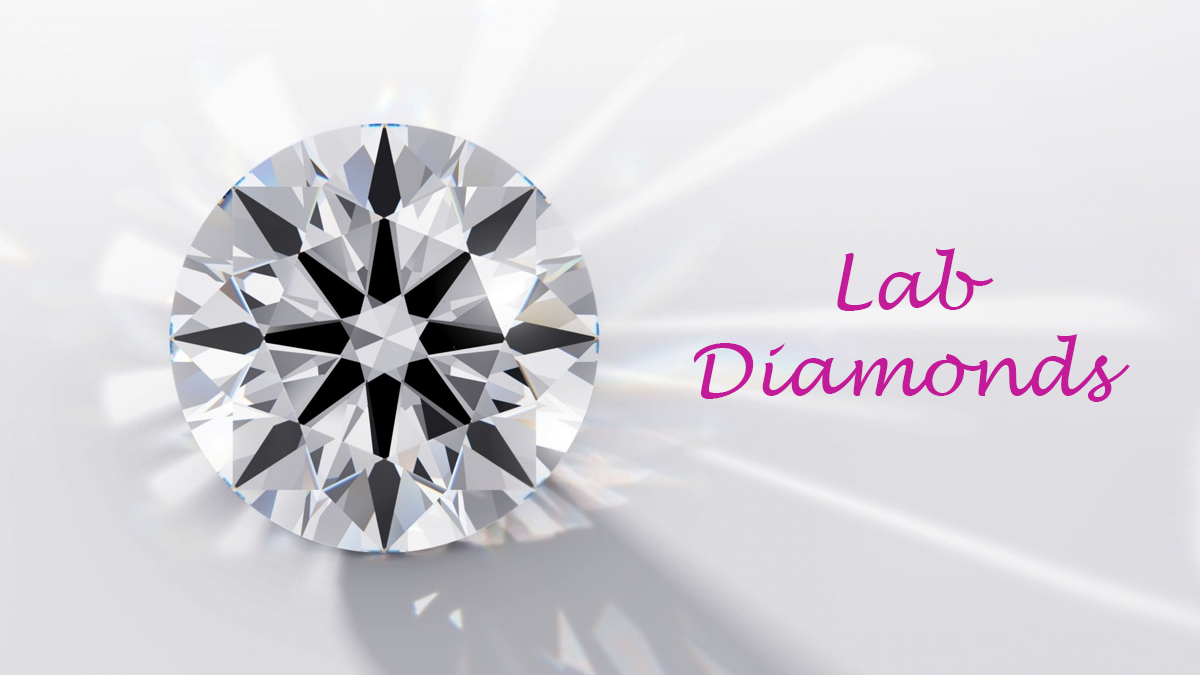The geological growth process and the method used to generate diamonds in a laboratory are quite similar. Chemical vapor deposition (CVD) is the process used to make these diamonds. Carbon atoms are subjected to extreme pressure and heat while being applied to the proper substrate.
This technique produces high quality diamonds with excellent color and clarity. Diamonds are made by recreating the conditions found below the Earth's surface, where carbon turns into diamond crystals. As a result, lab created diamonds may contain the same kinds of imperfections and flaws as naturally mined diamonds. It is important to determine the 4Cs of a diamond before making a purchase of loose lab grown diamonds.
Lab-grown diamonds are graded like mined diamonds in terms of color, cut, clarity, and carat. So, there's no need to tell them apart. To verify if a diamond is genuine, look for certification from reputable labs like GIA, GCAL, IGI, and others.
IGI certified lab-grown diamonds inspect and provide a useful report to buyers about any flaws or imperfections found. Many gemologists evaluate diamonds in labs for certification. The final grade is determined by combining the individual grades, creating an objective system for grading diamonds.
What Are Inclusions?
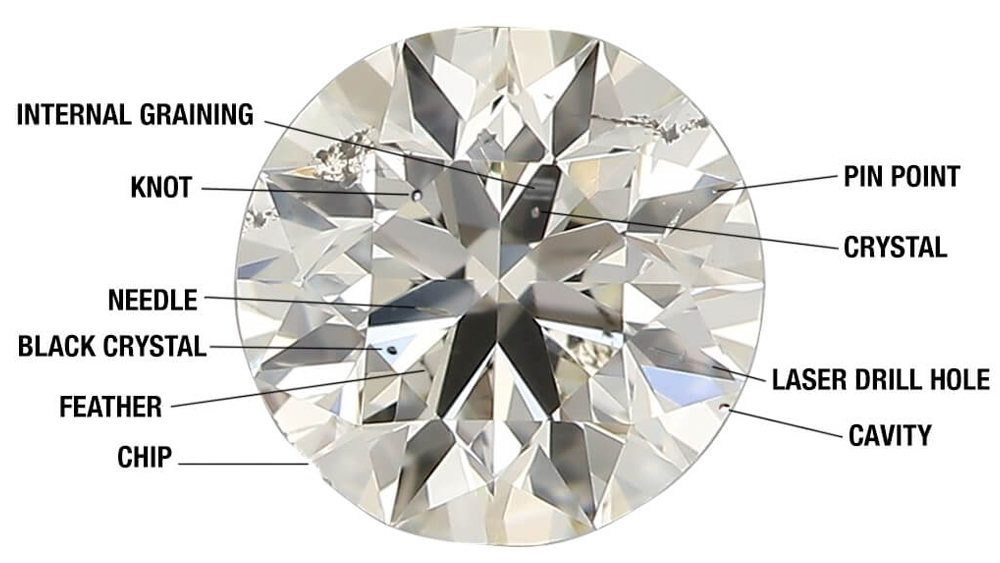
Within a diamond, an inclusion is a birthmark. They are produced as a result of the intense heat, pressure, chemical composition a diamond experiences during formation. Most diamonds include flaws, and it is quite uncommon to find one without an inclusion. Most of these inclusions are only visible under 10x magnification, making them invisible to the untrained eye and the naked eye.
They come in a variety of color and shapes. They typically look as clouds and seem as little dots. They may occasionally be nearly translucent, white, grey, or even black.
Nearly all synthetically created diamonds and naturally occurring diamonds both have inclusions. The size, number, and placement of inclusions all affect a gem's clarity, which further affects a diamond's overall brilliance and worth.
Each inclusion in a diamond is unique, like a fingerprint or a snowflake, with its own distinct pattern. An "Eye Clean" diamond is one that has a clarity grade of "VS" (Very Slightly) or better.
IGI, AGSL, GCAL, and GIA such types of lab have strict standards for analyzing diamond inclusions, grading clarity, and issuing certifications. They are looking for unique features of the inclusions, like their color, number, size, type, position, and exact location.
Minor flaws in your diamond that don't considerably affect its sparkle or beauty are therefore often not a huge deal. In any case, only jewelers can examine lab created diamonds up close. The best choice for minimizing flaws is to choose loose diamonds with superb cuts.
What Type of Flaws Do Lab Grown Diamonds Contain?
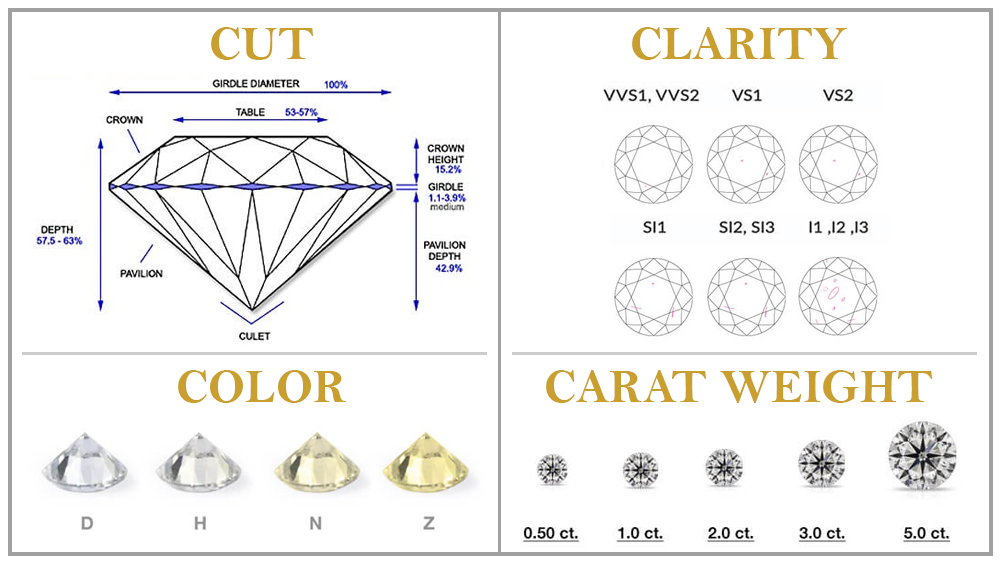
Lab grown diamonds have flaws similar to mined diamonds when evaluated based on the 4Cs: cut, carat weight, clarity, and color. Generally speaking, there are four elements that affect both the price and quality of lab diamond and natural diamonds. These four crucial elements are listed below.
Clarity
Although technically possible, flawless diamonds are quite uncommon. You're referring to the stone's clarity when you say the flawless diamond. However, inclusions only occur when diamonds are grown too rapidly.
A flawless diamond has no sign of any imperfections. Flawless lab grown diamond and mined diamonds are among the most desired stones due to their rarity. Inclusions often form when a lab-grown diamond is created quickly, deep beneath the earth's surface, about 200 km down.
All forms of inclusions are absent from a diamond with perfect clarity. Certain inclusions in a diamond cause it to have flaws. You can choose a diamond with SI1 clarity, in which any inclusions are totally invisible to the human eye.
Color
Even flawless diamonds with poor color can have perfect clarity. Diamonds are rated for color on a scale from D to Z. D means colorless, which is the whitest and brightest.
Both varieties of lab-created and mined diamonds contain trace components that give them a brownish or yellowish appearance. The diamond with the lowest color grade is warmer. When a lab-grown diamond is labelled "D Flawless," it has been produced as flawless and white as possible.
Cut
Cut measures how well a diamond reflects and refracts light, making it shine more brightly. Each lab-grown diamond is cut and mapped individually, following strict standards, resulting in a unique cut grade for each one. Because of this, the diamond has a great cut grade and usually sparkles more than diamonds with the worst cuts. To guarantee a perfect and sparkling diamond, use stones with high cut grades.
Carat Weight
Large diamonds require a long time to grow both in the lab and in nature, making them costly. Small diamonds take a set number of weeks to develop, but 3 CT lab-grown diamonds take a full month. Lab-grown diamonds have the advantage of being bigger than natural diamonds of the same price. This means that you can get a larger diamond for the same amount of money.
Fluorescence
Another flaw that primarily affects natural diamonds rather than lab-created ones is fluorescence. Get a diamond certificate from New World Diamonds to understand the 4Cs and determine if your diamond is flawless. Diamonds with an outstanding clarity grade are rare and special.
Benefits of Lab Grown Diamonds
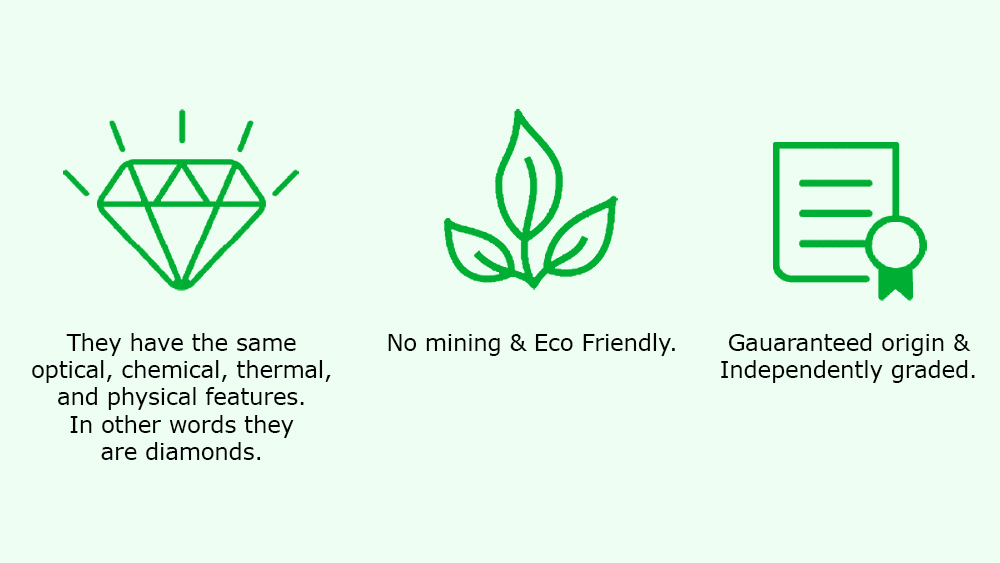
Choosing a diamond for your engagement ring is a very difficult decision. Most of us make a significant financial investment when we purchase a diamond, so we want to get it properly.
Synthetic diamonds, often known as man made diamonds, are a recent addition to the diamond industry.
The production of man-made diamonds is currently expanding. These diamonds are becoming more and more in demand every day. More people are realizing that synthetic diamonds are flawless, while natural stones have imperfections.
When compared to mined diamonds, laboratory grown diamonds have significant environmental benefits and use a small fraction of the resources. For certain customers, this has become known as a key concern.
Diamonds produced in laboratories are made entirely of crystallized carbon; they are natural, not synthetic. Diamond simulants do not include lab-grown diamonds. Diamond simulants are objects that resemble diamonds but do not possess the same qualities. Moissanite, white sapphire, and cubic zirconia are examples of common ones.
Lab gown diamonds are typically a little less expensive than mined diamonds. When you choose lab grown diamond, you can save between 40 and 50%.
Conclusion
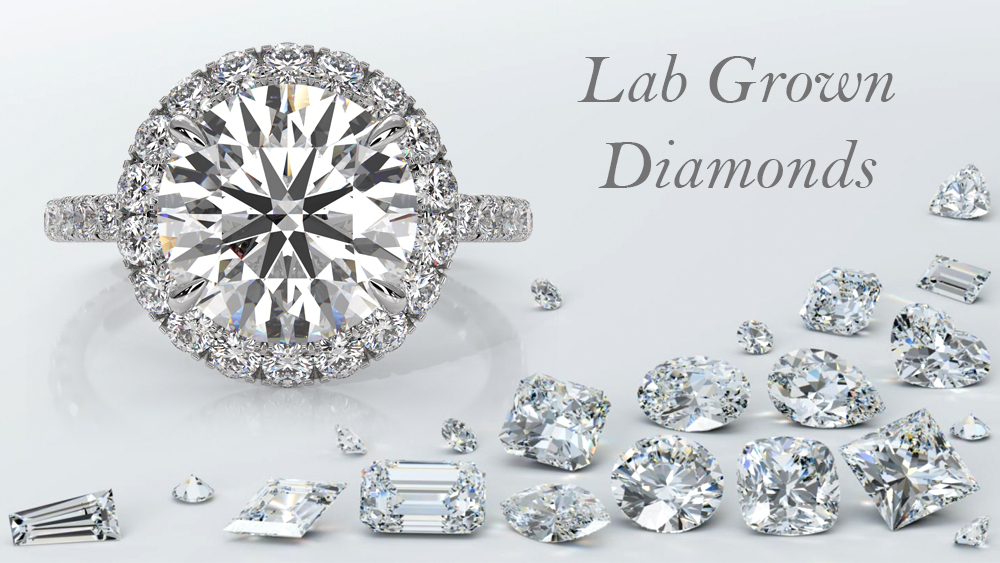
The short answer is definitely no, to put it simply. Similar flaws can be found in both naturally mined and laboratory-grown diamonds. This is because both natural and lab created diamonds must go through the same formation process.
During the process, both naturally and in the lab, there are a lot of factors that could happen. As a result, the diamond structure becomes flawed. The 4Cs (cut, clarity, carat weight, and clarity) grade flaws in diamonds from mines or labs.

